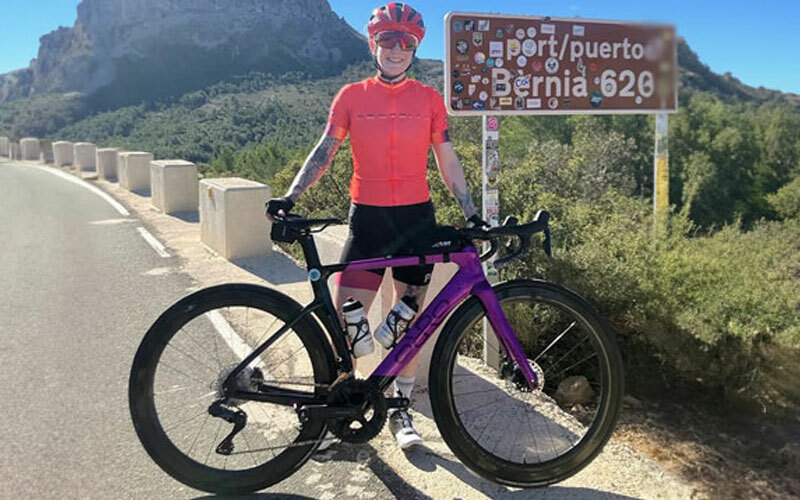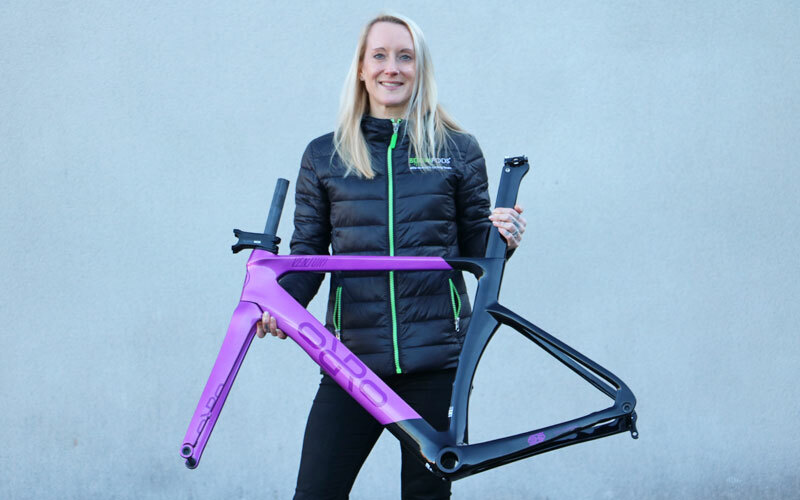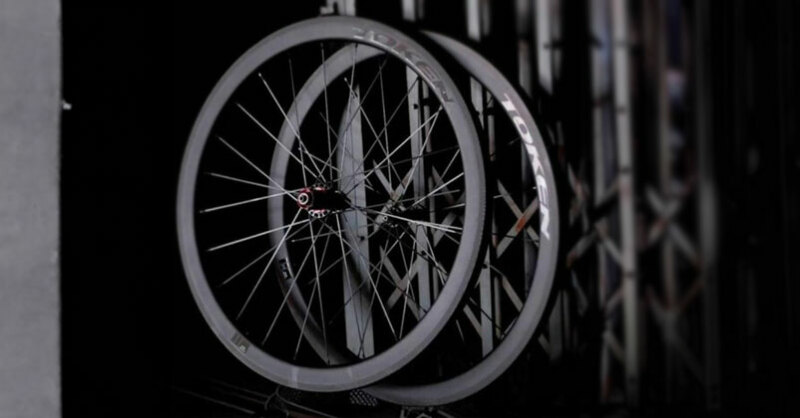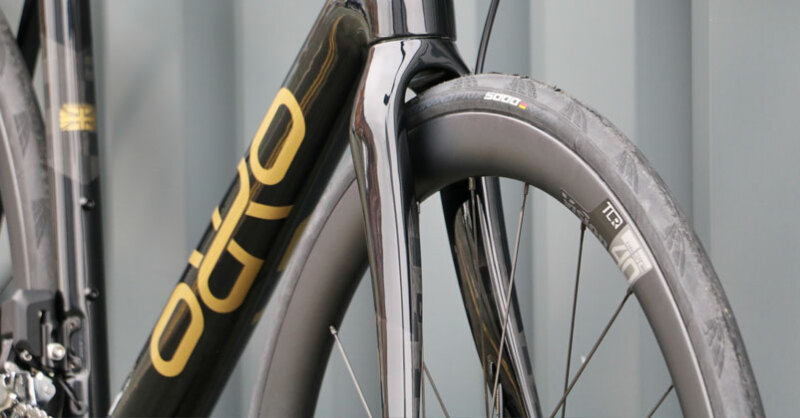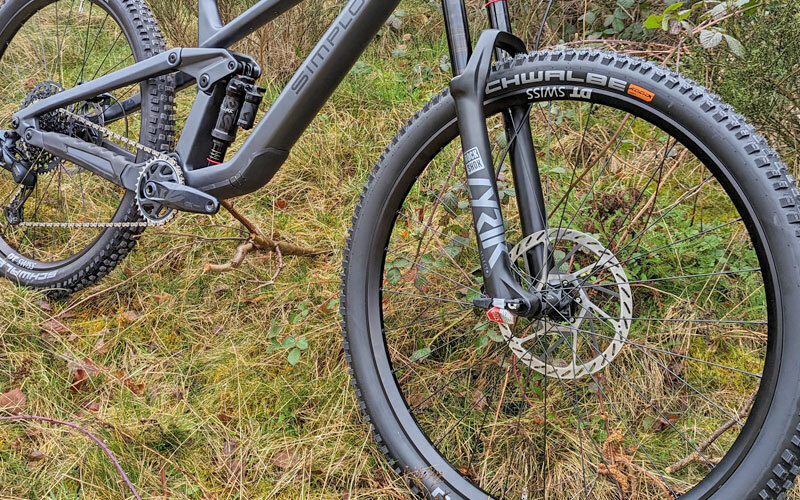Off-Road Frameset Guide
Bike framesets for off-road riding vary from gravel and cyclocross framesets through to mountain bike frames suitable for each of the disciplines from cross country to jump bikes and those designed for all-mountain or downhill gravity assisted fun.
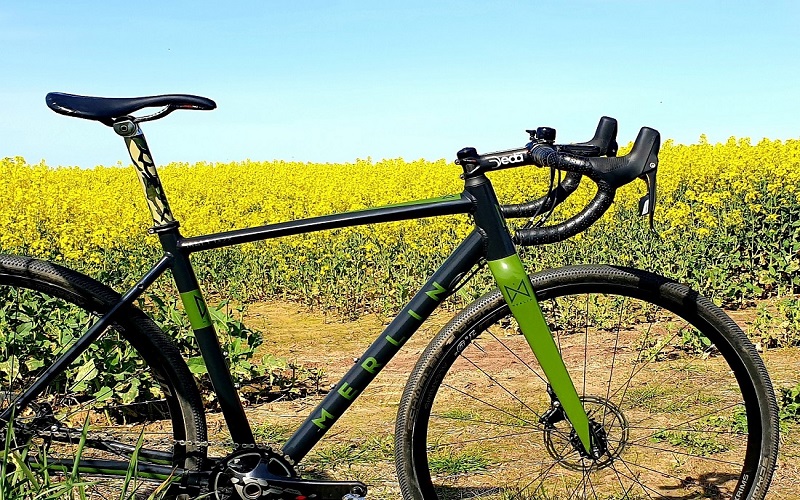
What Type of Off Road?
Cyclocross racing demands a fairly specific type of frameset enabling faster, (but often ‘twitchier’) handing for competitive racing of tight fast courses over grass, mud, gravel, sand and whatever else the cyclocross race course planner wants to include. Cyclocross framesets often don’t have bottle cage mounts or mudguard / rack eyes because they are specifically designed for racing. Cyclocross framesets often have less clearance at the stays and forks because tyres tend to be narrower than gravel bike tyres. Braking used to be 100% cantilever until lighter and better performing disc brakes became available. Some riders still race on cantilever brakes.
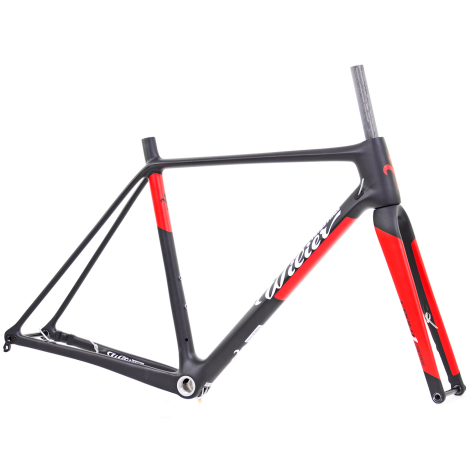
Gravel bike frames can seem similar to cyclocross frames, until you take a closer look. Gravel framesets feature more relaxed geometry for those long days in the saddle and extras such as bottle cage mounts and rack / mudguard mounting options. Gravel bikes feature disc braking and internal cable & hose routing, framesets can be specific for 1x or 2x or able to handle either. Bigger clearances for fatter 40mm plus tyres also distinguish gravel frames from Cyclocross frames.
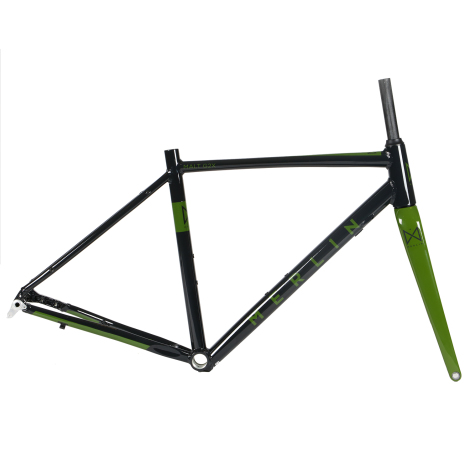
Hardtail MTB frames come in a variety of styles depending what type of riding you are into. Entry level hardtail frames tend to be pitched towards general MTB riding. Cross country focused hardtails feature a longer top tube for a more stretched out riding position and tend to be lighter and aimed towards typical cross country riding – faster on flats, better at climbing but not suitable for big drop offs. Cross country geometry is typically around 73 degree seat tube and 71 degree head tube. Aggressive / slack head tube angle (65 – 68 degrees) hardtails (often with clearance for plus size tyres) are ideal for riders who want to have fun on jumps and drops but don’t want the extra weight of a full suspension bike to carry back up the climbs.
.jpg)
Full Suspension Frames can have geometry suited to cross country, all-mountain / enduro or downhill specific riding. Cross country frames tend to feature less travel, often set up for around 100mm front and rear. All mountian / enduro bikes typically have around 150mm of travel and DH specific bikes around 200mm.
.jpg)
Materials
More so than with road riding, aluminium frames feature heavily in cyclocross, gravel and MTB bikes. Aluminium handles the bangs, knocks and scrapes which off-road bikes tend to endure on a regular basis. Carbon fibre is used for higher-end, framesets where extra carbon layers can build in extra strength in parts of the frame which are susceptible to damage.
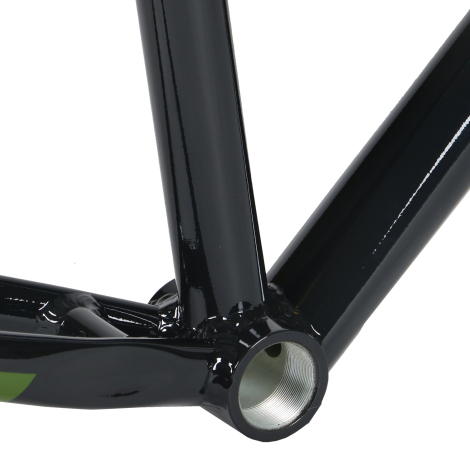
Wheel Size
Gravel and cyclocross bikes tend to use 700c (road bike size) wheels. Many gravel bike riders also use 27.5” wheels which can allow more tyre width clearance and also makes gearing a little easier and the bike more ‘chuckable’. MTB framesets are designed around wheelsets of either 27.5” or 29” wheels. Bigger wheels are better at rolling over obstacles and maintaining momentum. Smaller 27.5 wheels are faster accelerating, more responsive and lighter. Smaler frame sizes are often better proportioned with 27.5” wheels and 29ers can be trickier to handle for smaller riders.
Sizing
Make use of manufacturers geometry and size guide charts to get the right fit for your off road frameset. Consider variables such as reach and head-tube length as well as the traditional seat tube length. Compare your new-build frame size to your existing bike, is it similar enough for you to be comfortable riding? Don’t make the classic mistake of buying a frameset because it was a good price, despite it not being a good fit.
.jpg)
Build Plan
As with all bike builds, having a rough plan before you start the build is a great idea. Checking component compatibility online should ensure that there are no nasty surprises along the way. Make sure you decide on bigger options (such as boost / non boost, 1x or 2x drivetrain) early in the build as these can influence other component choices.

.JPG)
